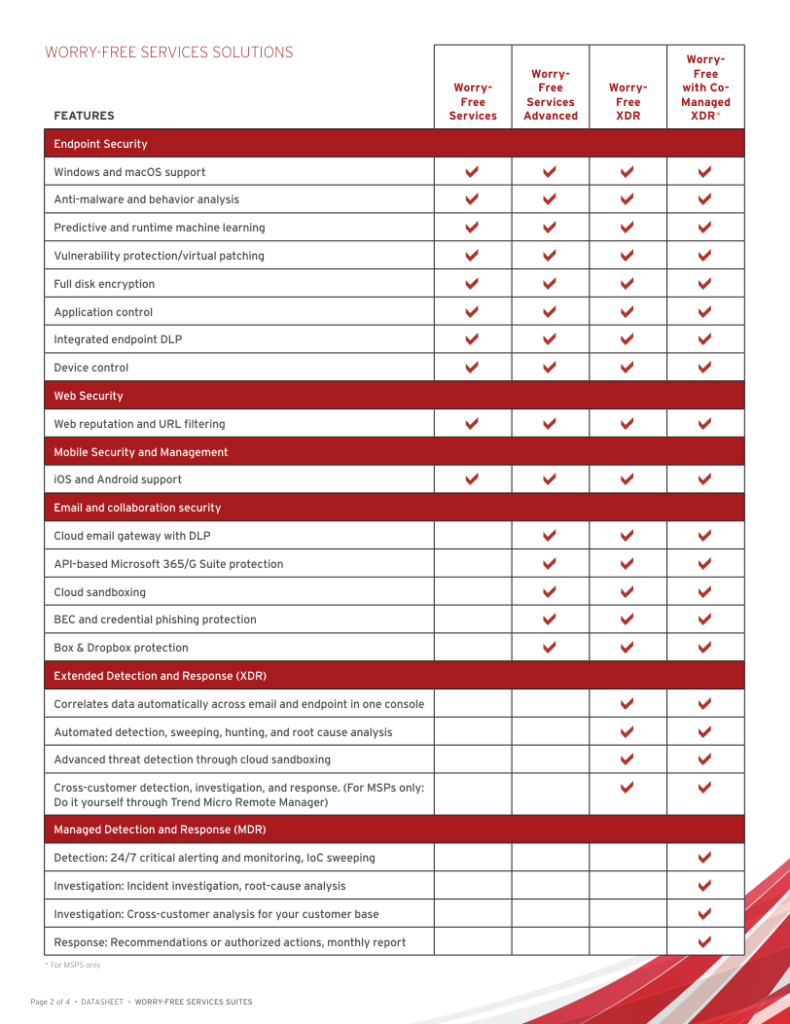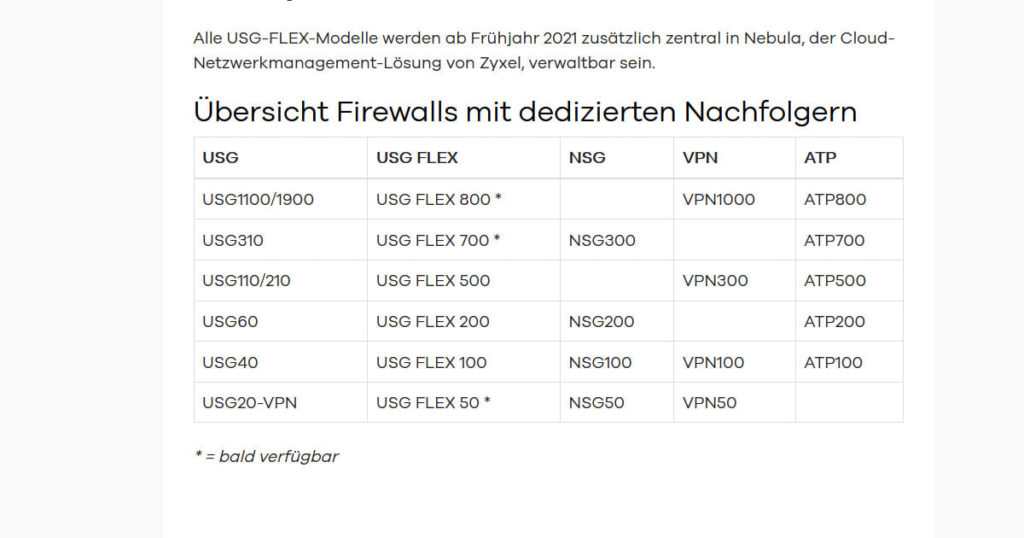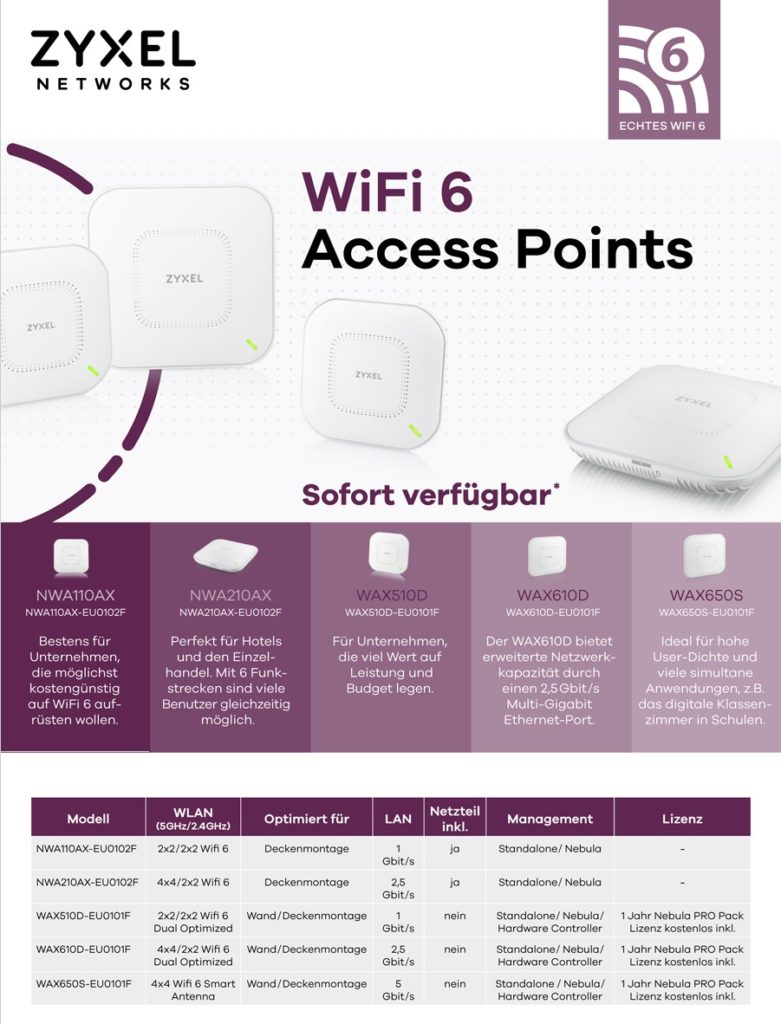Quelle: Link
August 19, 2021
New pricing for Microsoft 365
By Jared Spataro, Corporate Vice President for Microsoft 365Share
Today we are announcing changes to our commercial pricing for Microsoft 365—the first substantive pricing update since we launched Office 365 a decade ago. This updated pricing reflects the increased value we have delivered to our customers over the past 10 years. Let’s take a look at some of the innovations we’ve delivered over the past decade in three key areas—communications and collaboration, security and compliance, and AI and automation—as well as the addition of audio conferencing capabilities that we’re announcing today.
A decade of continuous innovation
Since its launch a decade ago, Office 365 has grown to over 300 million commercial paid seats. Along the way, we have continuously re-invested to meet the changing needs of our customers. Four years ago, we introduced Microsoft 365 to bring together the best of Office, Windows, and Enterprise Mobility and Security (EMS). That same year we added Microsoft Teams as the only integrated solution where you can meet, chat, call, collaborate, and automate business processes—right in the flow of work.
In fact, since introducing Microsoft 365 we have added 24 apps1 to the suites—Microsoft Teams, Power Apps, Power BI, Power Automate, Stream, Planner, Visio, OneDrive, Yammer, and Whiteboard—and have released over 1,400 new features and capabilities in three key areas.
1. Communication and collaboration. Microsoft Teams is the new front end across work, life, and learning for more than 250 million monthly active users. We launched Teams in 2017 as the only integrated solution where you can meet, chat, call, collaborate, and automate business processes—with the power of the Office apps—all within the flow of work. In 2020 alone we released over 300 new capabilities including Together mode, background effects, large gallery view, raise hand, live reactions, breakout rooms, live captions with speaker attribution, and Fluid components, just to name a few.
We introduced a new category of collaborative applications in Teams, empowering people and organizations for hybrid work through deep integrations with Power Platform, Whiteboard, Lists, Planner, Shifts, Forms, and SharePoint. Companies like Adobe, Atlassian, Salesforce, SAP, ServiceNow, and Workday have built apps that deeply integrate with Teams, bringing business processes and functions directly into the flow of work.
We continue to innovate on both real-time and asynchronous collaboration. We introduced real-time collaboration in Word, Excel, and PowerPoint desktop apps while a growing set of capabilities like @mentions, assign tasks, modern comments, and auto-save have streamlined the collaboration experience. We’ve added and expanded OneDrive cloud storage and the Exchange Online mailboxes.
2. Security and compliance. The cybersecurity landscape is more complex than ever. With the accelerating volume, sophistication, and scale of cyberattacks, security and compliance are a priority for every organization. Since we first introduced Microsoft 365, we have added new attack surface reduction capabilities to help organizations defend against ransomware and other threats. We have added capabilities like data loss prevention (DLP) for email and documents, sensitivity labels, and message encryption to help keep important data within the organization. And we have added powerful compliance capabilities that help organizations reduce risk and respond to increasing regulatory requirements such as Content Search, eDiscovery, and core Litigation Hold. Built-in mobile device management (MDM) and other management tools like Microsoft Endpoint Manager help admins support remote and hybrid workforces.
3. AI and automation. Over the past decade, we have infused AI capabilities across our productivity and collaboration applications to help everyone achieve more. Across Microsoft 365, we have introduced AI-powered innovations to help users be better writers, designers, and presenters. Cloud-powered AI now automatically creates maps, charts, and tables in Excel, and sorts email and removes clutter in Outlook. And AI-powered real-time translation, captions, and transcription make collaboration and communication more accessible and engaging for everyone.
Extending audio conferencing capabilities
And today, we are announcing that we will add unlimited dial-in capabilities for Microsoft Teams meetings across our enterprise, business, frontline, and government suites over the next few months. Even as cloud connectivity increases, we know that people join Teams meetings while they are on the go or struggling with a bad internet connection. Currently included with Microsoft 365 E5 and Office 365 E5, we have come to see dial-in as an important part of the complete Teams experience. Available with subscription in over 70 countries and with interactive support in 44 languages and dialects, unlimited dial-in provides peace of mind that users will be able to join their Microsoft Teams meeting from virtually any device regardless of location.
New pricing
The pricing changes we are announcing today will go into effect in six months. On March 1, 2022, we will update our list pricing for the following commercial products: Microsoft 365 Business Basic (from $5 to $6 per user), Microsoft 365 Business Premium (from $20 to $22), Office 365 E1 (from $8 to $10), Office 365 E3 (from $20 to $23), Office 365 E5 (from $35 to $38), and Microsoft 365 E3 (from $32 to $36). These increases will apply globally with local market adjustments for certain regions. There are no changes to pricing for education and consumer products at this time.
As leaders around the world look to empower their people for a more flexible, hybrid world of work, it’s clear that every organization will need a new operating model across people, places, and processes. We’re committed to building on the value we’ve delivered over the past decade to continuously provide innovation that helps our customers succeed and thrive today and well into the future.
1At launch in June 2011, Office 365 included Word, Excel, PowerPoint, Outlook, Lync, Exchange, and InfoPath. We’ve since expanded to add other apps – in whole or in part – and entirely new capabilities including: Access, Bookings, Delve, Forms, GroupMe, Kaizala, Lens, Lists, OneDrive, OneNote Class Notebook, Planner, Power Apps, Power Automate, Power BI, Publisher, SharePoint, Staff Hub, Stream, Sway, Teams, To-Do, Visio, Whiteboard, and Yammer.




